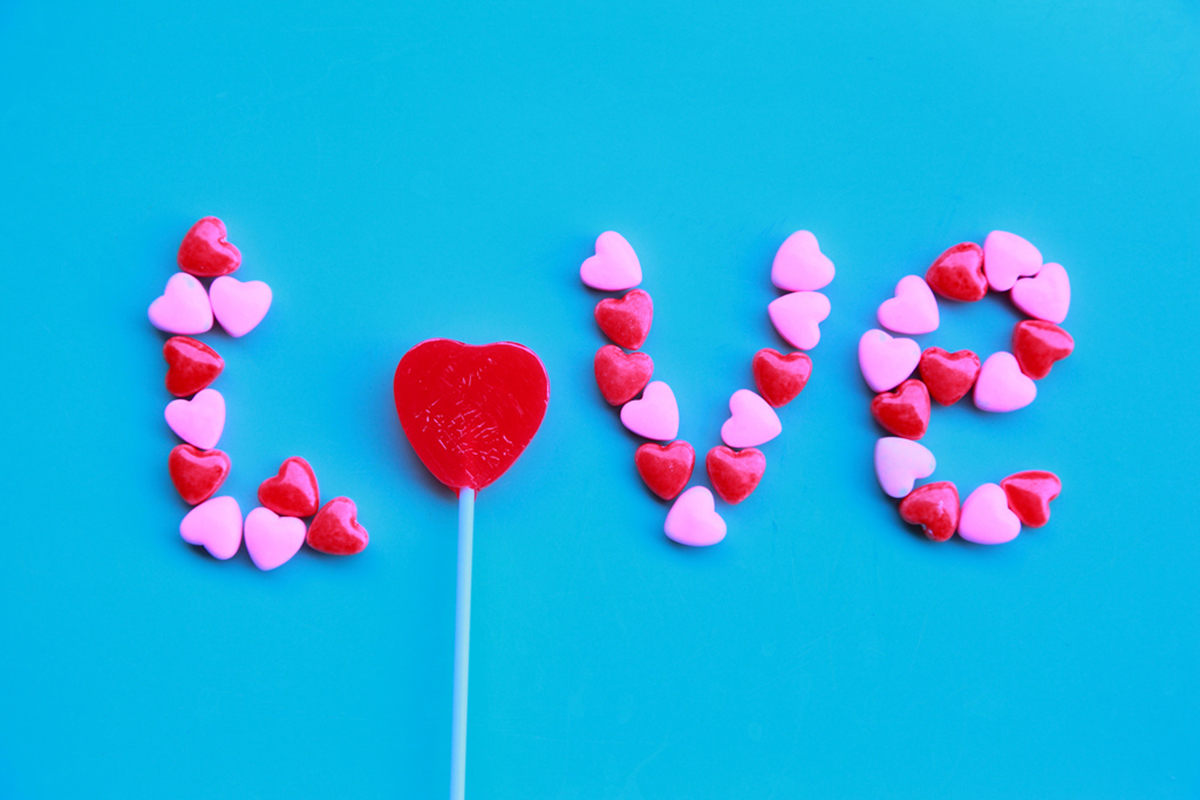Table of Contents
But love doesn’t stay the same as time goes by. The feelings you experience when you meet someone are not the same to the feelings you have when the relationship grows and eventually, you reach an attachment and commitment towards the person that rocks your world. This has to do with changes in neurotransmitters and hormones levels.

Sexual drive or lust
The first stage of love is lust. Yes, that thing you feel in your body when you spot a handsome guy or a pretty woman. This may not seem very romantic, but sexual drive is the first step towards the development of deeper feelings. The main substances involved in this stage are the testosterone and estrogen, both very well known sexual hormones.
This has a biological importance, because sex drive is important for the conservation of the species. For example, testosterone levels in women increase during and around their ovulation period, increasing their sexual desire and therefore, the chances of having offspring.
Falling in love or attraction
The next stage is when you start feeling the so named butterflies in your stomach and when you can’t stop thinking about her beautiful smile, or his amazing eyes. This is what we all know as “falling in love”.
Dopamine and serotonin make the big entrance here. As I have already said, these are the brain chemicals that start working all the magic: sweaty hands, feeling breathless and even stuttering. But how do we go from lust to love?
PEA, dopamine and serotonin make us develop an attraction to that person that we were sexually driven to in the first place.
This stage may be seen as the most exciting one, because it is when you get to know the other person, go to the movies, have dinner, spend a Saturday afternoon together, and everything simply seems like a dream.
Attachment
We can’t stay in the attraction stage forever, though, because if we did, we wouldn’t be able to do anything with our brain all full with dopaminergic happiness and serotoninergic excitement. We would be daydreaming all the time! So, after attraction, that chemical bond between the lovebirds is finally achieved, and it is called “attachment”.
They are both produced by the hypothalamus and involved in the formation of very strong bonds between the couple, but also in other body functions. For example, men and women release oxytocin and vasopressin during orgasms.
See Also: The One Dependable Source of Love
Love is certainly a complicated state. We all have felt it, or we will, so there is nothing else to do but to enjoy the ride.
- ESCH, T. & STEFANO, G. B. 2005. The Neurobiology of Love. Neuro Endocrinol Lett, 26, 175-92.
- FISHER, H. E., ARON, A. & BROWN, L. L. 2006. Romantic love: a mammalian brain system for mate choice. Philos Trans R Soc Lond B Biol Sci, 361, 2173-86
- FISHER, H. E., ARON, A., MASHEK, D., LI, H. & BROWN, L. L. 2002. Defining the brain systems of lust, romantic attraction, and attachment. Arch Sex Behav, 31, 413-9
- ZEKI, S. 2007. The neurobiology of love. FEBS Lett, 581, 2575-9.
- Photo courtesy of Gabriel Flores Romero by Flickr : www.flickr.com/photos/gabofr/7098033427
- Photo courtesy of Pink Sherbet Photography by Flickr : www.flickr.com/photos/pinksherbet/4351548677


Your thoughts on this